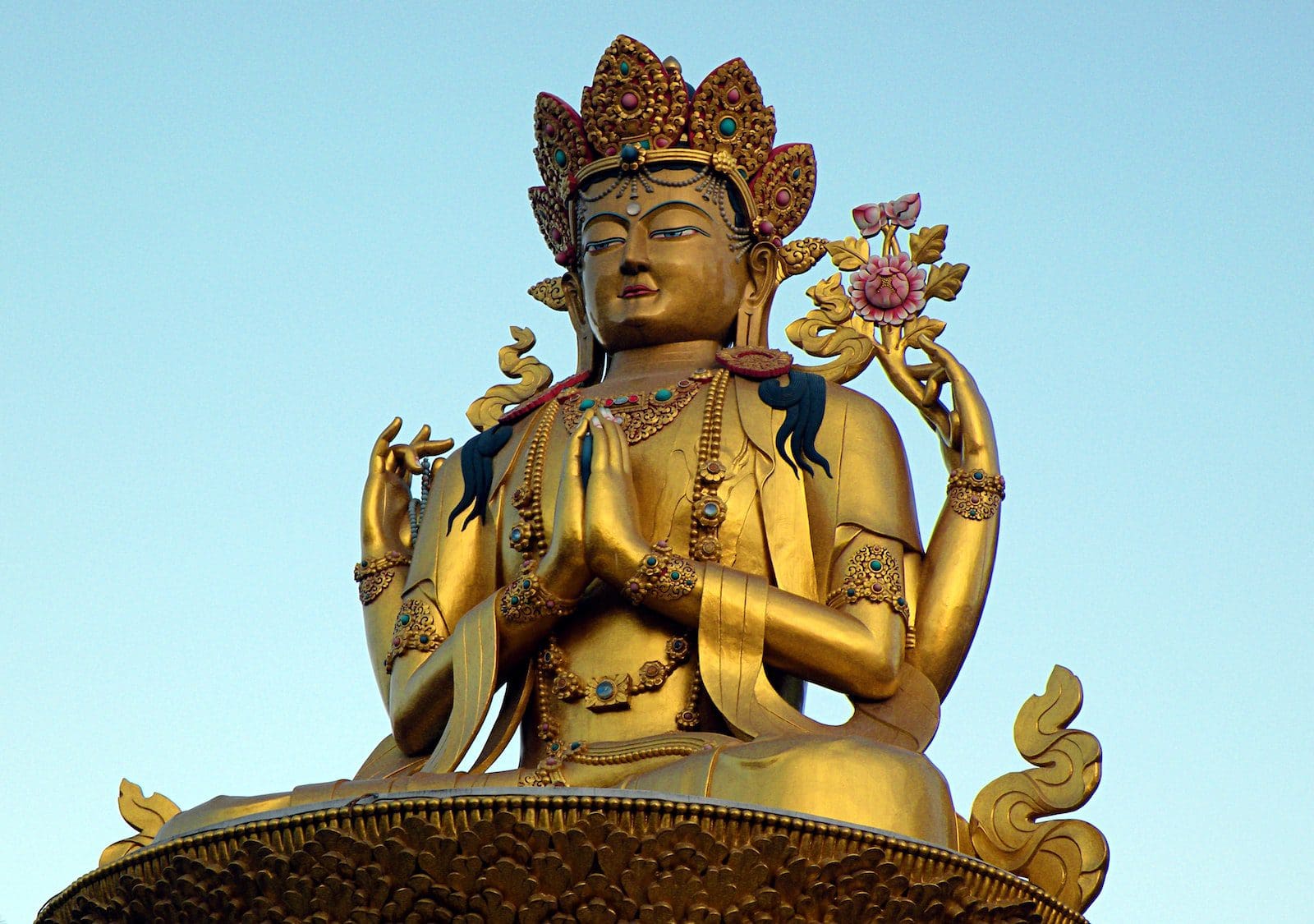Gautama Buddha’s teachings and principles are spread all over the world and are considered dharma. His followers are Buddhists, and the religion is Buddhism.
Key Takeaways
- Mahayana Buddhism emphasizes the Bodhisattva path and compassion, while Theravada focuses on individual enlightenment.
- Mahayana accepts a wider range of texts and teachings, whereas Theravada relies primarily on the Pali Canon.
- Geographically, Mahayana dominates East Asia, while Theravada prevails in Southeast Asia.
Mahayana vs Theravada
Mahayana is a branch of Buddhism and the largest Buddhist tradition that includes Buddhist practices, texts, traditions, and philosophies. It is also known as the Great Vehicle. Theravada is the oldest existing school of Buddhism that consists of seven stages of purification that all believers must follow.

Mahayana believes that enlightenment can be achieved by following the teachings of Buddha. Boddhisattvas have huge prominence in Mahayana.
While Theravada believes monks need to strive to gain freedom and need to become Arhats. It believes that freedom from samsara’s cycle is crucial.
Comparison Table
| Parameters of Comparison | Mahayana | Theravada |
|---|---|---|
| Origin | Believed to be originated in the Hinayana schools | Descends from Vibhajjavada (a division within the Sthavira Nikaya) |
| Buddhists Followers | Over 360 million Buddhists are followers Mahayana | Over 150 million Buddhists are followers of Theravada |
| Earliest of evidence | Textual evidence from Sutras | Textual evidence of gold plates found in Sri Ksetra in the Pāli language |
| Promotion of beliefs | Believes in promotion of other monks too and not exclusively Buddha | Believes in exclusive supremacy of Buddha |
| Spread | From China and India to different parts of Southeast Asia | From Southern India to Sri Lanka, Cambodia, Laos, Burma, Thailand, Myanmar, and beyond |
What is Mahayana?
Mahayana is a term used to refer to a branch of Buddhism which includes Buddhist traditions, practices, philosophies, and texts. It is also called the Great Vehicle.
Mahayana is the largest Buddhist tradition to date. There are various origin theories and hypotheses to explain the origin of
It focuses on inner motivation and vision regardless of the institutional position of the individual. Therefore, it is not considered a term but a religious tendency.
Mahayana has achieved growth since the fifth century. Some popular Buddha’s of Mahayana are Amitabha, Aksobhya, Bhaisajyaguru, and Vairocana.

What is Theravada?
Theravada is a term used to refer to the oldest existing school of Buddhism. The Pail of Canon contains the main scriptures of Theravada.
Theravada does not promote the authenticity of Mahayana sutras. A part of the modern Theravada is derived from a tradition of the Sri Lankan branch called the Mahavihara order.
Theravada consists of seven stages of purification and considers it to be the path to be followed, which is orthodox, unlike Mahayana.
Theravada is extremely influential in Cambodia, Sri Lanka, Nepal, Vietnam, Laos, India, China, Nepal, and Bangladesh. Mauryan kings like Ashoka helped Theravada reach different parts of Southeast Asia.

Main Differences Between Mahayana and Theravada
- Mahayana Buddhists believe in faith time to achieve salvation, while Theravada Buddhists believe one has to work out salvation with diligence.
- Mahayana believes in three words Bodhisattva-yana, Prateka-Buddha-yana, and Sravaka-yana while Theravada believes in Arahant-yana and promotes Arahantship.




